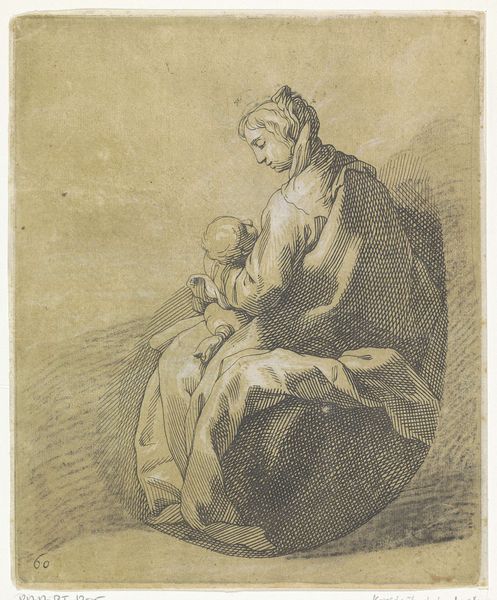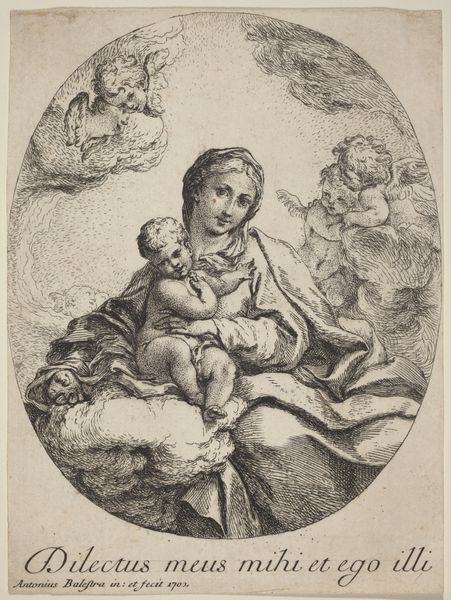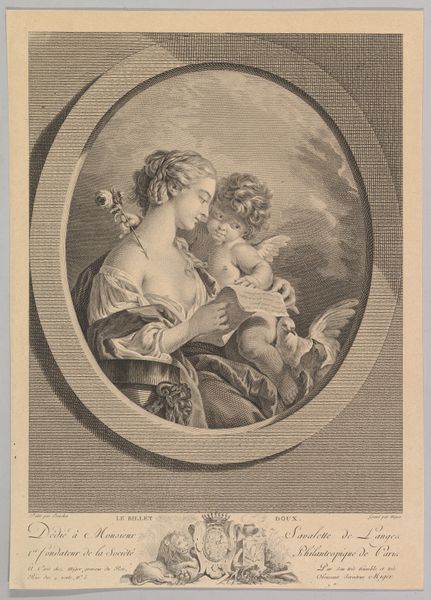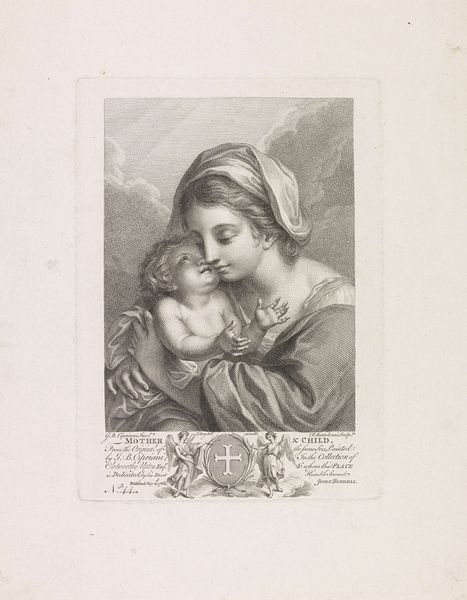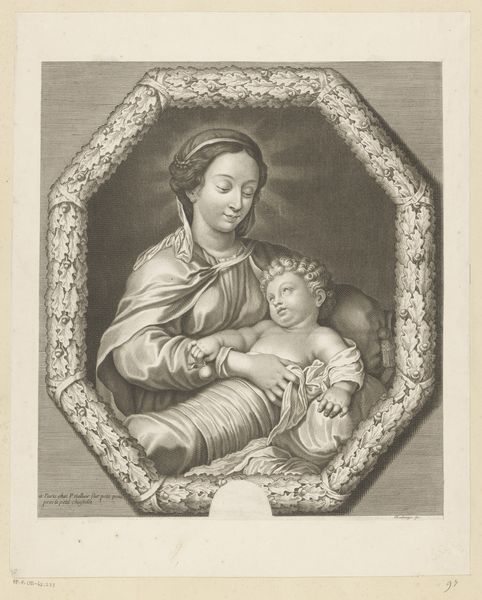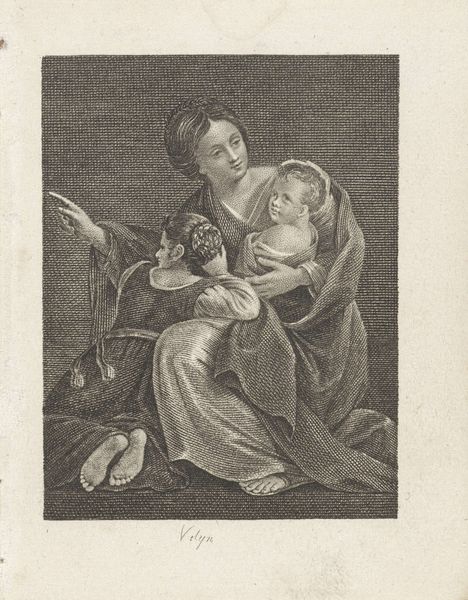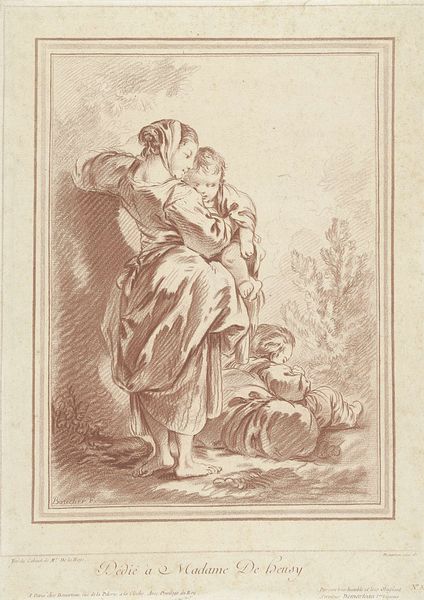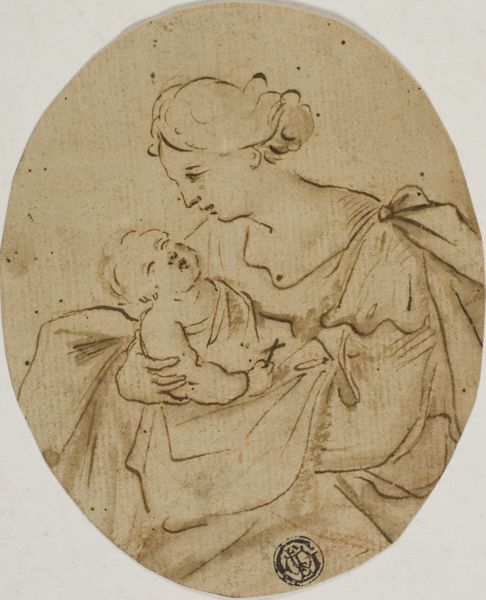
Marienkrönung, im Hintergrund die Stadtsilhouette von Bologna mit den Geschlechtertürmen c. 1588
0:00
0:00
drawing, paper, ink, chalk
#
portrait
#
drawing
#
caricature
#
paper
#
11_renaissance
#
ink
#
chalk
#
history-painting
#
italian-renaissance
Copyright: Public Domain
Curator: Look at this striking drawing titled "Marienkrönung, im Hintergrund die Stadtsilhouette von Bologna mit den Geschlechtertürmen" created around 1588 by Ludovico Carracci. It's currently held here at the Städel Museum. Editor: It’s lovely. The composition, rendered in chalk and ink on paper, creates a surprisingly intimate atmosphere despite the grand subject of the Coronation of the Virgin. There is this enveloping oval, which contains very smooth strokes of ink in pastel grey color that give the image a softness that almost feels comforting. Curator: Precisely. The placement of the Bologna skyline in the background is significant. It grounds the religious scene within a specific place, embedding the spiritual within the civic sphere, especially at the time. The question then becomes, was it made for civic, or private, religious observance? The Church was at the heart of the Renaissance city's governance. Editor: Right. Considering the context, the piece was conceived within Counter-Reformation Italy, then shouldn’t we ask ourselves if there might be underlying socio-political motives present? Was this rendering made in a specific gender or political context? And in what ways might these social constructs inform and permeate the image itself? Curator: Yes! Carracci came of age at a time when academies of art sought to refine artistic practices, and thus move beyond mere representation and toward elevated meaning. You will see that the Virgin does not smile and instead expresses more serious emotion; is the piece meant to create in its viewers empathy and a deep-felt religious experience? Editor: And let's observe this visual language more deeply. Note the presence of the cherubs overhead, who appear to be presenting a platter to the baby Jesus and Mother Mary. Are we intended to consider what, literally and metaphorically, is on offer? In looking carefully at this image through both an historic and a contemporary lens, how can that which it implies and that which is plainly evident reveal additional nuance and, perhaps, tension? Curator: Well said. Considering how it merges local identity with religious devotion, this Carracci drawing illuminates the critical intersections of faith and social identity in early modern Italy. Editor: Absolutely. It serves as a potent reminder of art's embeddedness within power structures. Artworks don’t emerge in a vacuum. It deepens my engagement to see these figures interacting in an intersectional space between their humanity, their city, and their faith.
Comments
No comments
Be the first to comment and join the conversation on the ultimate creative platform.



